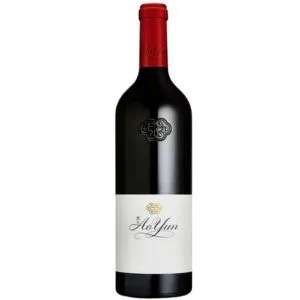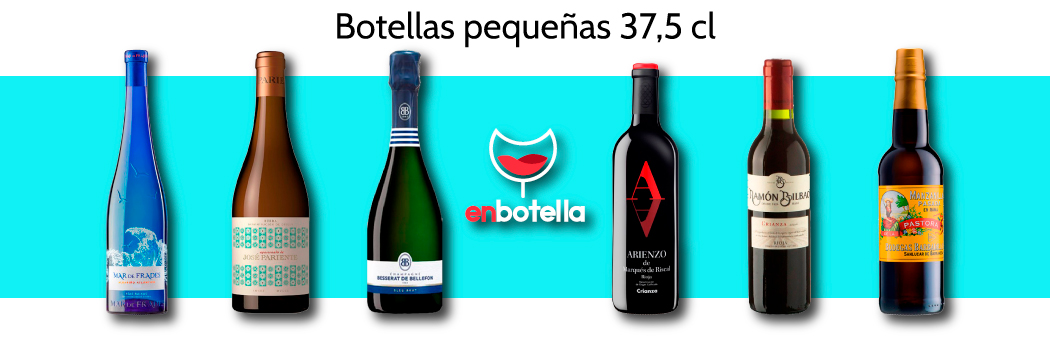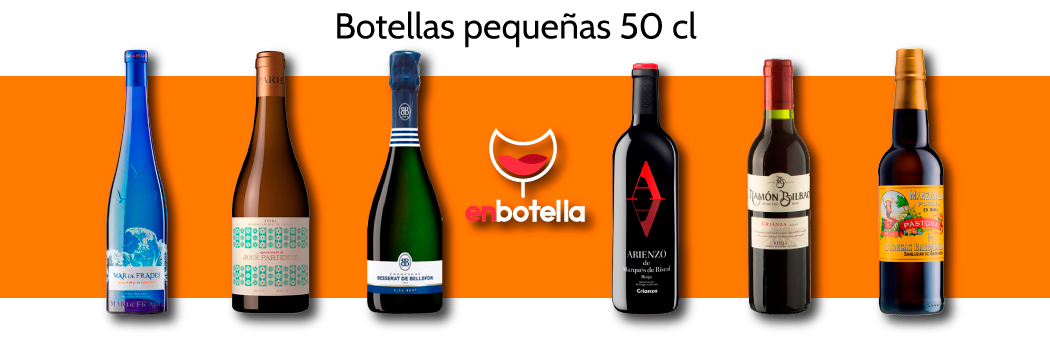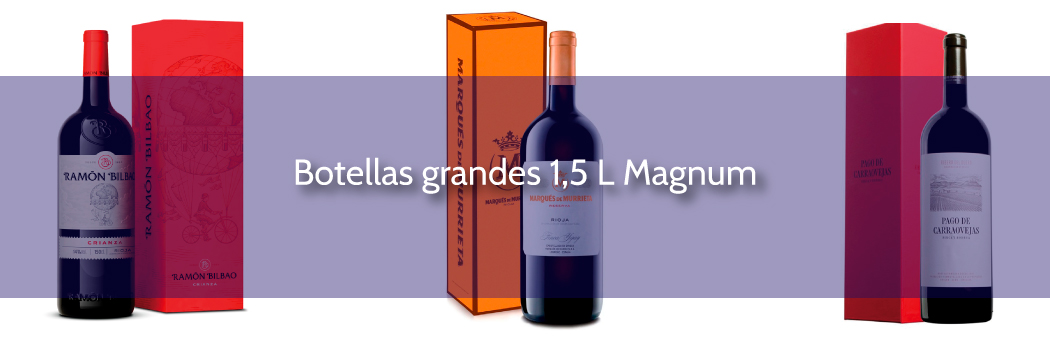What is drunk in China? Alcohol in the world's largest country
What is Jiu?

Jiu or 酒 is the Chinese word literally meaning "alcohol"
Although this word is often translated as "wine" it names all alcoholic beverages. In fact, the Chinese word referring to "wine" is "葡萄酒", where "葡萄" means grape then it would translate "葡萄酒" as "grape alcoholic beverage".
China has an alcoholic culture with a millennia-long history, being one of the first countries in the world to start making alcoholic drinks, and that is why alcohol culture forms an important part of Chinese civilisation.
Chinese winemaking
In general, the main ingredientstraditionally used in the making of Chinese wines are grain, water and the ferment of the liquor.
However, in ancient times the brewing time for Jiu was relatively short and there was no distillation process, so the alcohol content for a long time in antiquity was low (less than 20 proof).

It was not until the Yuan dynasty that Chinese wines with a higher alcohol content appeared thanks to the invention of distillation
The world's best-selling liquor: Baijiu
Although the word Jiu encompasses a wide variety of alcoholic beverages such as wines, beers, distillates, etc. Chinese alcoholic culture refers more to the culture of white liquor or "白酒" (Baijiu).

Baijiu is a very popular distilled liquor in China, so much so that its consumption mainly by the Chinese confers it the title of "the most consumed liquor in the world", above Whisky or Gin.
However, despite being the world's best-selling distillate, it is little known outside China
The alcohol content is between 40% to 50%, which puts it at a somewhat higher standard than our distillates, which are generally kept at around 40 proof.
Because it has a light, almost transparent colour, people often confuse it with other East Asian spirits, for example, shochu from Japan or Korean soju, but baijiu differs in that it has a higher alcohol content.
If you go to China on a trip, you will find baijiu everywhere, and if you ask any Chinese person what baijiu is, everyone knows, as it is their most widely consumed alcoholic beverage.
Why do people drink alcohol in China?
In the traditional concept of "yin and yang", "yin" means dark or gloomy and "yang" means "sunshine", literally speaking.
The main ingredients used to make Chinese wines are grains such as wheat and rice. Grains grow and absorb nutrients from the soil and are considered the "yang"
Millennia ago, the people of China were convinced that wine was pure yang that nourishes vital energy. Today, people know that drinking wine to obtain yang is a claim that has no scientific basis.
Alcohol consumption today
Nowadays the main purpose of alcohol consumption in China is to celebrate and socialise. Jiu plays a crucial role in the lives of citizens, especially in ceremonial events where it is an indispensable part, as there is a famous saying that "without wines, there is no banquet", in other words, a banquet is not complete without wines.

It is also considered a way of expressing respect on the part of the owner to the guests by placing the wines on the table, even if not all the guests drink.
Have a good "guanxi"
On the other hand, alcohol is considered as a very important means of communication in working life, it is a social tool to establish and strengthen relationships between people.
In a sense, the statement that "if you want to do business with the Chinese, you have to know how to drink" is true.
This is so, because in Chinese society having a good guanxi or good personal connection is a fundamental factor in doing business, and while profit is also important, if you have a good relationship with your partners then you stand a better chance of getting a contract.
To establish and foster "guanxi", drinking wines is a very good way to do so, because in this case, drinking wines that partners invite you to is considered a way to express trust.
The fact that you have drunk wines offered by your suppliers or customers shows that you trust your partners. Conversely, if you refuse to drink, partners may feel humiliated and assume that you no longer want to collaborate together.
How to drink alcohol in China
In China alcoholic rites reflect respect for drinkers
The seat is of fundamental importance: the owner has his own seat which should be the central place surrounded by guests. At home, parents or grandparents play the role of the owner, and in the work environment, the superiors.
If your role is the guest or the subordinate, remember that when you do the chinchín your glass should always be lower than that of the owners and superiors.
And let's not forget that before toasting you should think well a short and cordial speech to express respect for the person you wish to toast.
The type of glass
The cup in which the Chinese drink baijiu is different from cups for drinking other types of alcohol.

When consuming baijiu, one generally uses a very small cup like a shot glass, filled with only a small amount of baijiu.

One reason it is designed this way is that with the dwarf glass you can pick up the fragrance of the white liquor and concentrate its flavour.
Baijiu is a very fragrant distilled liquor, and with just a small glass the fragrance is strong enough. The small glass can concentrate the fragrance and prevent it from being quickly emitted into the air.
On the other hand, baijiu has a very high alcohol content and is very tasty, so one sip is enough to satiate us.
Another reason is that, when the Chinese toast, they like to say "ganbei", which literally means "dry glass", it is difficult to drink a whole glass of baijiu if it were not a small glass due to the high alcohol content.
When do you drink baijiu?
Although China has a long history with alcoholic culture, most Chinese people are not in the habit of drinking alcohol on a daily basis, and drink mainly on various social and ceremonial occasions.

What occasions are those?
- For example, on Chinese New Year's Day or other traditional festivals, families celebrate with baijiu.
- On days when a baby turns one month old and on birthday days, grandparents and parents have to invite relatives as well as friends and co-workers to celebrate this special day, at this time, the act of drinking wines is a way to express blessings to the child.
- Welcome and farewell dinners organised by companies, alcoholic beverages are never missing.
In short, China's alcohol culture is more of a social culture than a food culture
It is worth mentioning that, the Chinese also drink beers and wines with their meals like Westerners.
However, in the Western world, people rarely consume the high distillates with meals, while the Chinese usually drink baijiu at lunch or dinner time.
Where do they consume alcohol?
Baijiu has always been a fundamental part of Chinese culture, however, its impact is gradually fading away in recent years.
According to studies, the main force in the baijiu market is a middle-aged consumer group where 42.1% of consumers are from the 1980s and 29.4% are from the 1970s.
Middle-aged people who often have dinners with their bosses or colleagues, find it difficult to refuse such invitations because of the need to "manage" social relationships, as they may be useful to them in the future.
If there is no very convincing reason, refusing to attend dinner parties may be perceived as an unfriendly gesture.
Dinners are usually in restaurants, so restaurants are the main place where people consume white liquor.
The other place where people consume more traditional liquor is at home and they prefer to drink alone or with friends at home because among friends there are not so many rules to follow and the atmosphere is more relaxed.

Young people rarely drink alone at home, and if they need company, they go to bars. However, the concept of a bar as perceived by people is different in China than in the Western world
For Westerners, a bar is a place of leisure and relaxation, while for the Chinese a bar is similar to a nightclub.

(Grape) Wine in China and Ao Yun
The Chinese giant is already a reality in the wine world with more than 9 million hectolitres produced and a meritorious fifth place in the world ranking of consumption with more than 18 million hectolitres (that's nothing).
China has spent decades learning from the great classic areas such as Bordeaux, and climate change is turning some areas of the country such as the province of Shandong (Yantai, Penglai and Qingdao) into perfect zones for the production of quality wines. This region without going any further, at the same latitude as Bordeaux and on the Yellow Sea coast, produces fantastic Bordeaux-style reds favoured by the maritime climate similar to that of the Gironde estuary.
But it is in the foothills of the Himalayas, at an altitude of 2,600 metres, that the luxury Louis Vuitton Möet Hennessy group has set its sights on producing one of the most prestigious and exclusive wines on the continent.
The wine in question is a Bordeaux-inspired blend of Cabernet Sauvignon and Cabernet Franc, with a distinctly new-world cut.
On the nose it is a real bomb, with depth, lots of ripe black fruit, spices and peppers, tobacco leaf...
On the palate the complexity and exuberance continues and the quality of the raw material and the wood is perceived, with a tremendously persistent finish.

A wine of which very few cases are marketed in Spain and of which we have obtained some bottles for the Enbotella community... Ganbei!



